Justiciability under ederal Courts
🔹 Justiciability under Federal Courts – Detailed Explanation
Justiciability refers to the suitability of a dispute or issue for court review. It is a fundamental concept in constitutional and administrative law that federal courts use to determine whether they have the authority or competence to hear and decide a case.
In other words, justiciability ensures courts do not overstep their constitutional role by deciding issues that are inappropriate for judicial resolution.
🔹 Key Aspects of Justiciability
Standing
The plaintiff must demonstrate a concrete and particularized injury that is actual or imminent.
The injury must be fairly traceable to the defendant’s conduct and likely to be redressed by a favorable judicial decision.
Ripeness
The issue must be ready for judicial decision and not premature.
Courts avoid ruling on hypothetical or abstract disputes.
Mootness
The case must present an ongoing controversy. If the issue is resolved or no longer live, courts dismiss as moot.
Political Question Doctrine
Courts refuse to decide issues constitutionally committed to other branches of government (e.g., foreign policy, impeachment).
The issue must be one the judiciary is capable of deciding without violating separation of powers.
🔹 Detailed Case Law on Justiciability
1. Baker v. Carr, 369 U.S. 186 (1962)
Facts:
Plaintiffs challenged Tennessee’s legislative apportionment, claiming it violated the Equal Protection Clause due to malapportionment.
Issue:
Whether legislative apportionment disputes are justiciable or political questions beyond the court’s jurisdiction.
Held:
The Supreme Court ruled that apportionment cases are justiciable. It established a six-factor test to identify political questions, such as a clear textual commitment to another branch, lack of judicially manageable standards, or a need to respect other branches’ policy decisions.
Importance:
This case limits the political question doctrine by opening the door for courts to review cases once thought political, especially involving civil rights.
2. Lujan v. Defenders of Wildlife, 504 U.S. 555 (1992)
Facts:
Environmental groups challenged regulations regarding endangered species outside the U.S.
Issue:
Whether plaintiffs had standing to sue, i.e., if they suffered a concrete injury.
Held:
The Court held plaintiffs lacked standing because they failed to demonstrate an imminent injury traceable to government action.
The Court emphasized three elements of standing:
Injury in fact
Causation
Redressability
Importance:
This case set a strict precedent on the necessity of concrete injury and causation for standing, reinforcing justiciability limits.
3. Raines v. Byrd, 521 U.S. 811 (1997)
Facts:
Congress members challenged the Line Item Veto Act as unconstitutional.
Issue:
Whether these members had standing to sue.
Held:
The Court ruled the plaintiffs lacked standing because their claimed injury was institutional and generalized, not particularized. Injuries must be personal, not abstract.
Importance:
Clarified that generalized grievances about government conduct are not sufficient to meet standing requirements.
4. DeFunis v. Odegaard, 416 U.S. 312 (1974)
Facts:
A student challenged his law school admission denial as discriminatory. By the time the case reached the Supreme Court, he was about to graduate.
Issue:
Whether the case was moot.
Held:
The Court dismissed the case as moot since the plaintiff was about to graduate, thus there was no ongoing controversy.
Importance:
Reaffirmed the mootness doctrine, underscoring that courts only decide live disputes.
5. Nixon v. United States, 506 U.S. 224 (1993)
Facts:
Walter Nixon, a federal judge, challenged the Senate’s procedure for his impeachment trial.
Issue:
Whether the impeachment trial procedure was a justiciable matter.
Held:
The Court held that impeachment procedures are a political question beyond judicial review because the Constitution commits impeachment solely to Congress.
Importance:
Emphasized the scope of the political question doctrine, limiting judicial intervention in political processes explicitly delegated to other branches.
6. Massachusetts v. EPA, 549 U.S. 497 (2007)
Facts:
Massachusetts sued the EPA for failing to regulate greenhouse gas emissions.
Issue:
Whether Massachusetts had standing to sue and if the EPA’s refusal was reviewable.
Held:
The Court held that Massachusetts had standing based on potential harm from climate change and that the EPA’s action was reviewable, rejecting arguments that the issue was a political question.
Importance:
Expanded standing doctrine to environmental and public interest claims and limited the political question doctrine in regulatory contexts.
🔹 Summary of Justiciability Doctrines
| Doctrine | Meaning | Key Case(s) |
|---|---|---|
| Standing | Plaintiff must show concrete injury, causation, and redressability | Lujan v. Defenders of Wildlife, Raines v. Byrd |
| Ripeness | Case must be ready for judicial decision, not premature | Abbott Laboratories v. Gardner (not detailed here but relevant) |
| Mootness | Case must present an ongoing controversy | DeFunis v. Odegaard |
| Political Question Doctrine | Courts avoid issues constitutionally committed to other branches | Baker v. Carr, Nixon v. United States |
🔹 Conclusion
Justiciability doctrines ensure federal courts do not exceed their constitutional role by hearing cases that are inappropriate for judicial resolution. The doctrines of standing, ripeness, mootness, and political question each provide important boundaries on judicial power.





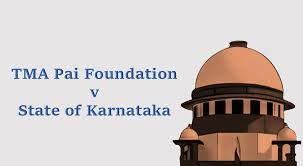

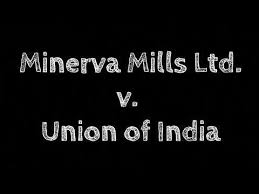
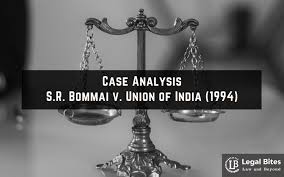





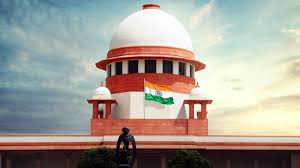


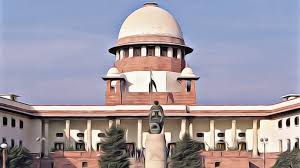

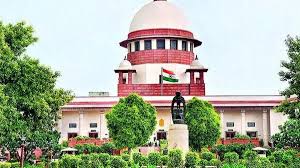









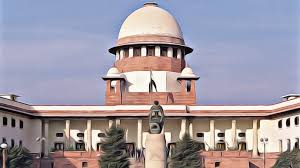




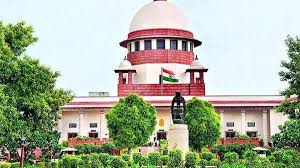



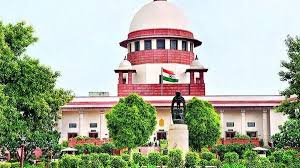
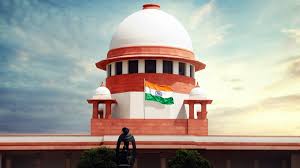



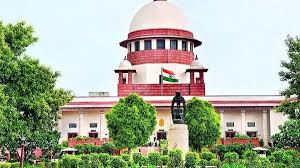

















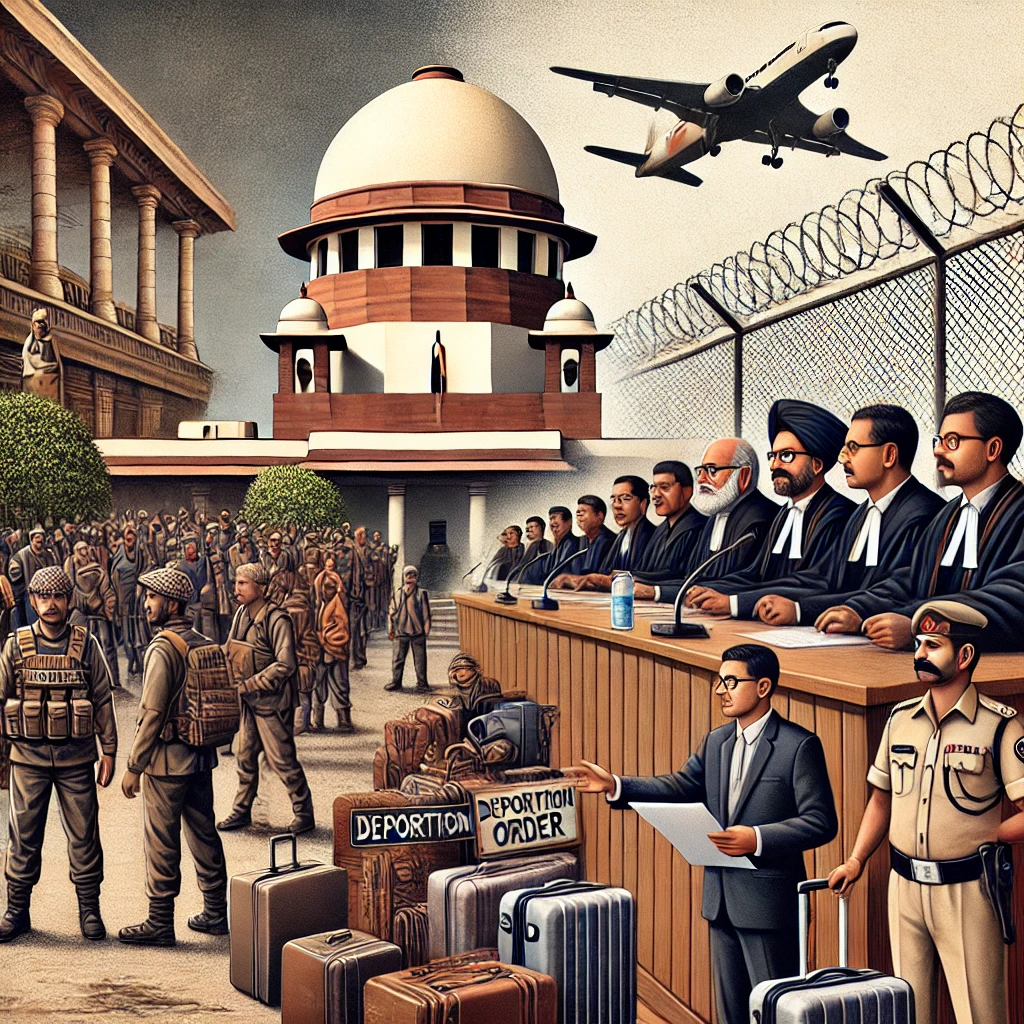
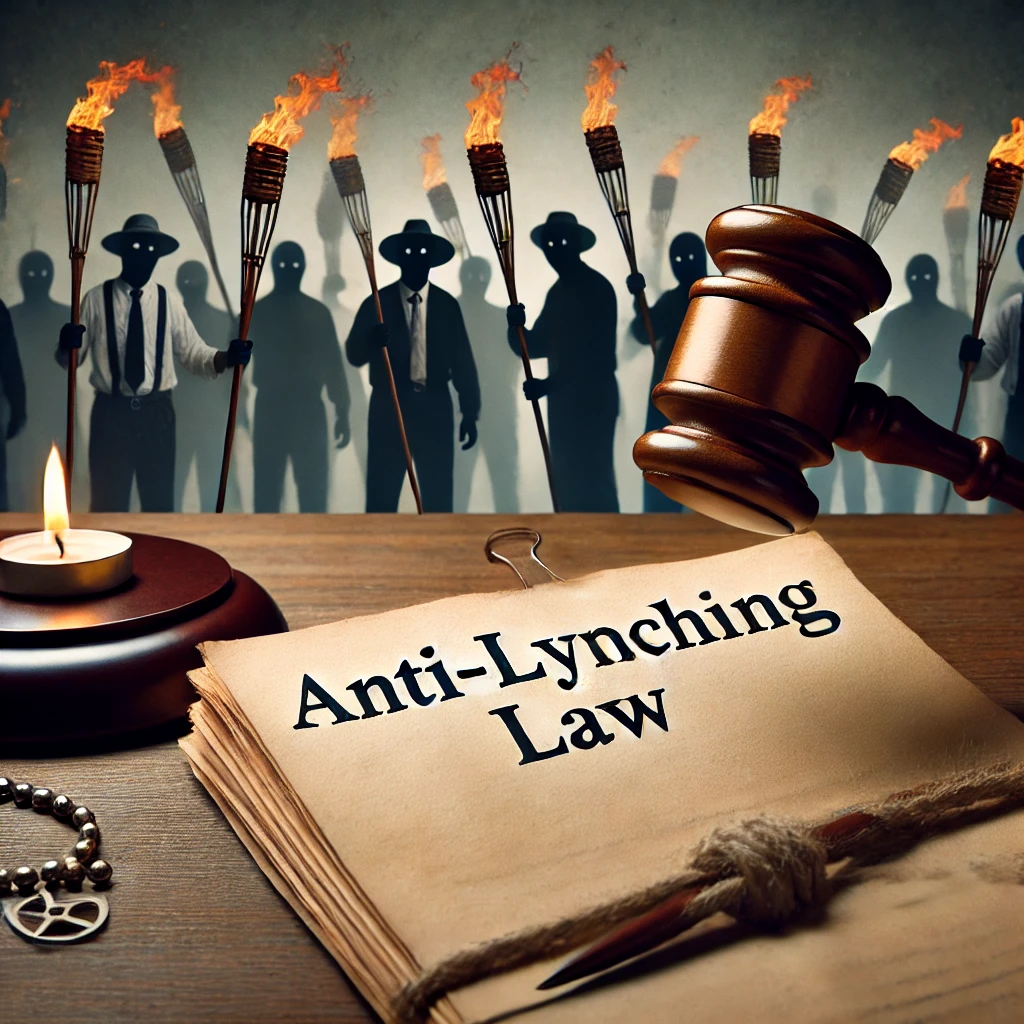
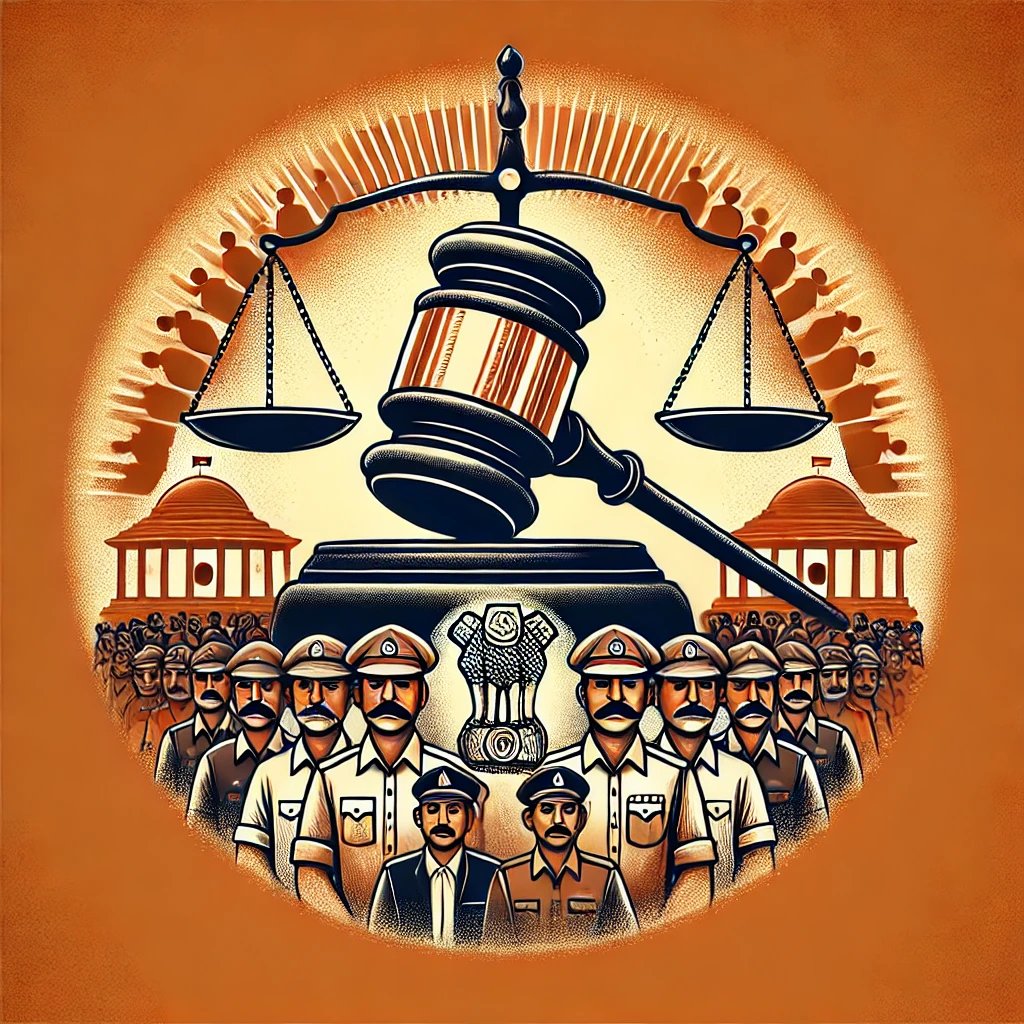

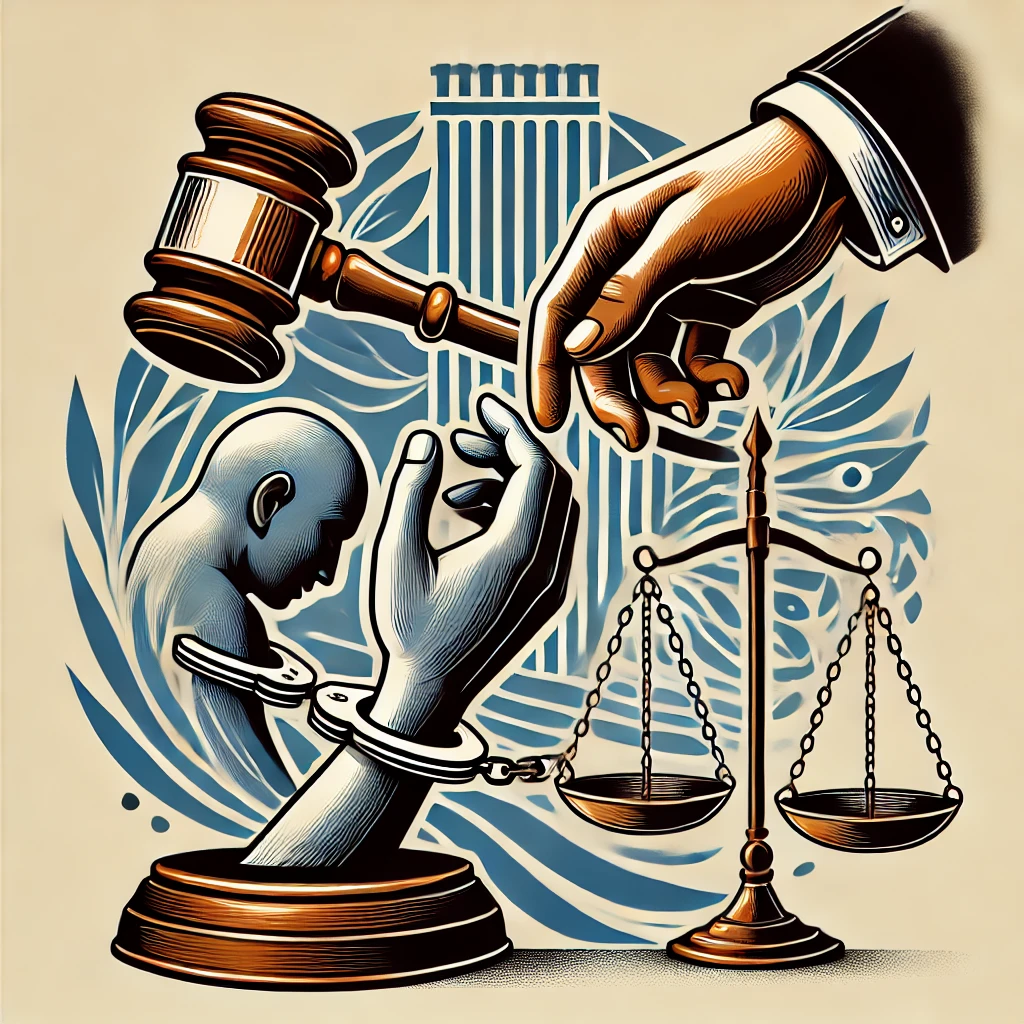
















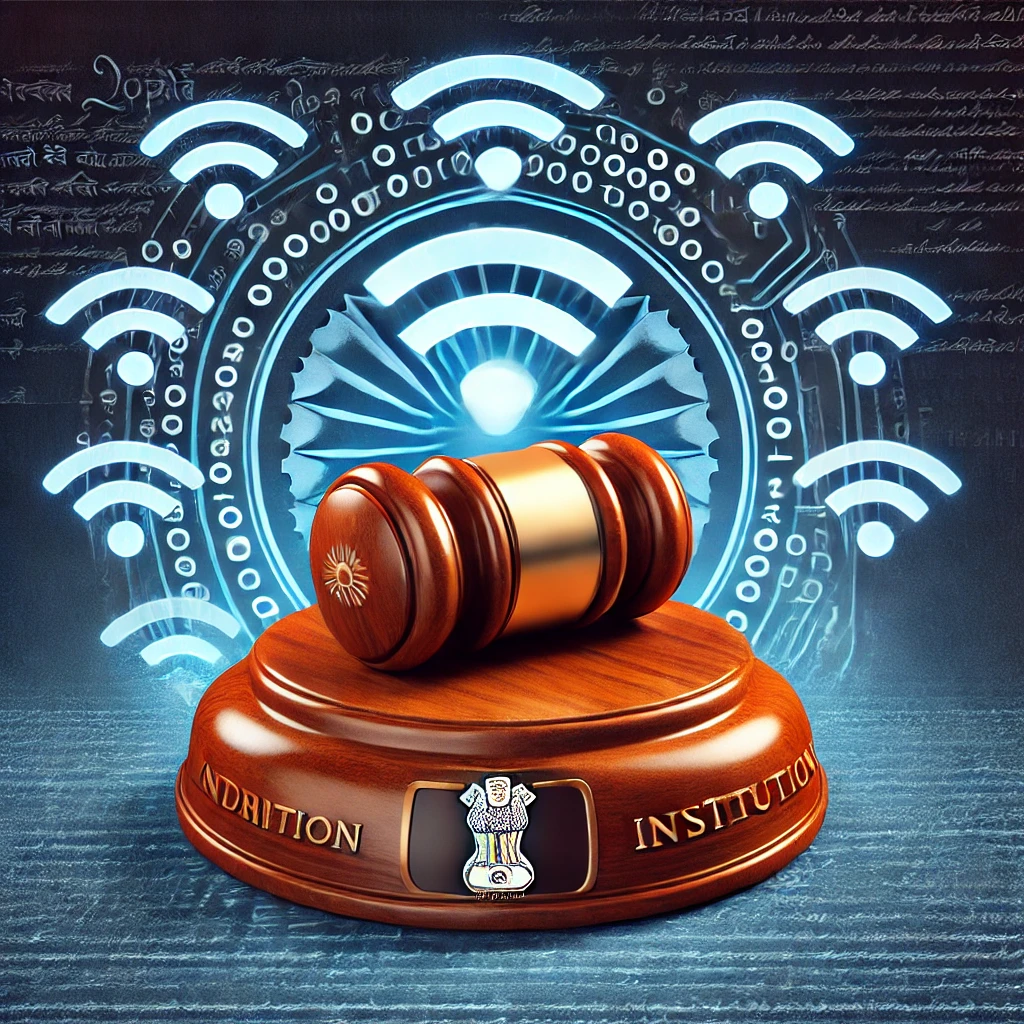




















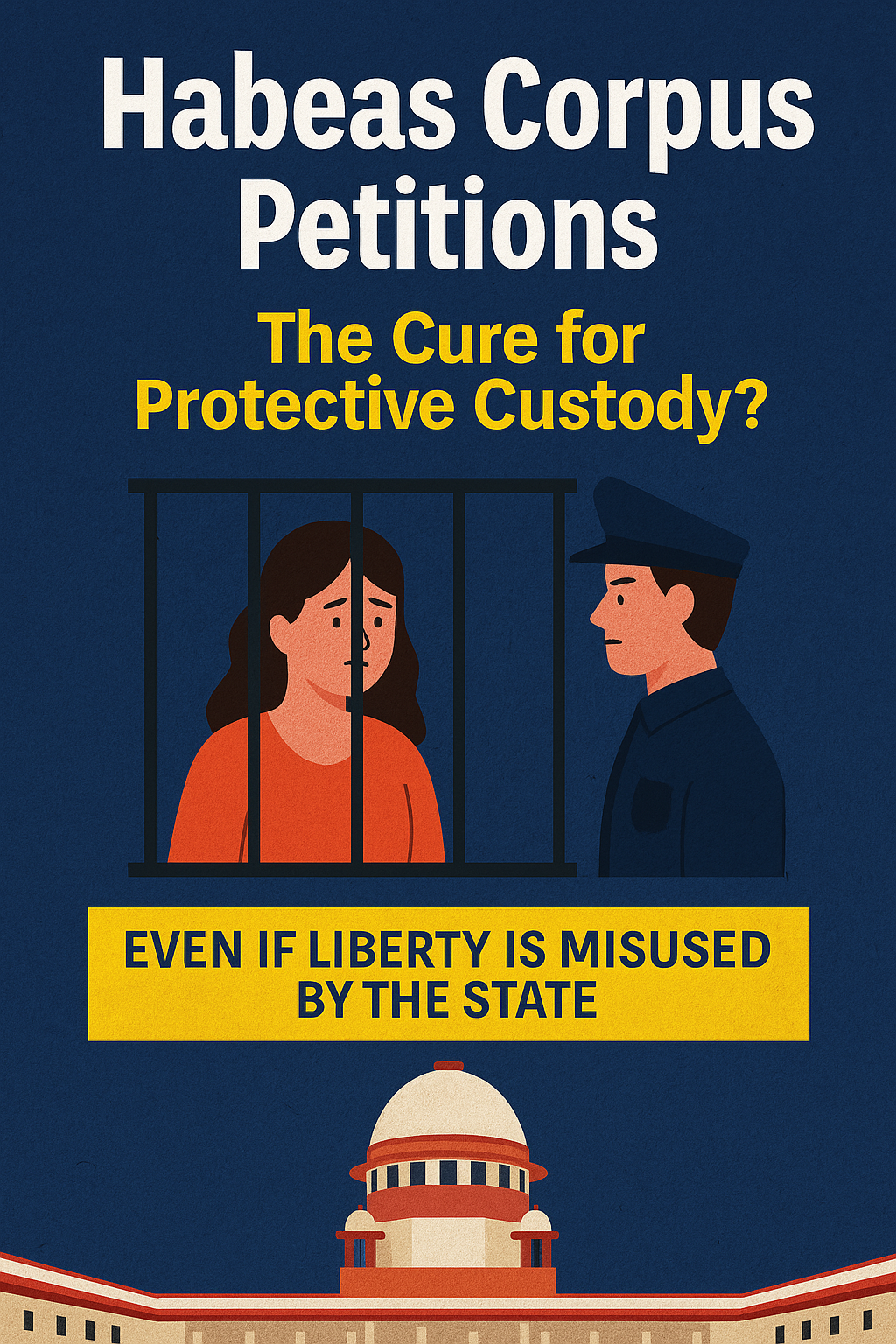













































































































































































































































































































0 comments